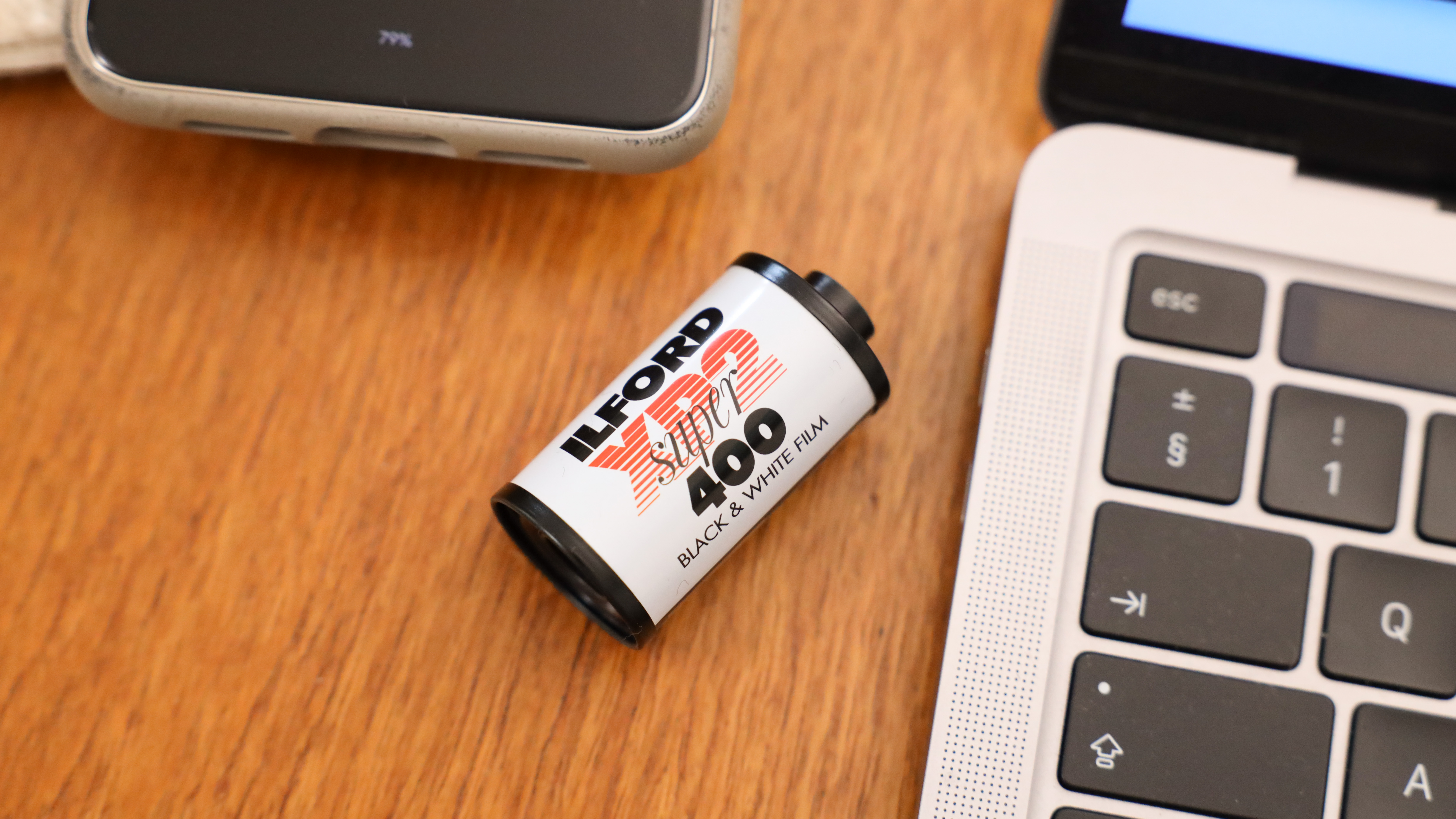
Ilford’s XP series was a black and white film first introduced in 1981 – then in its first XP1 iteration. Since then there has been two more revisions to the formula before reaching the Ilford XP2 Super 400 that is still going strong to this day.
The big selling point of XP2 Super film was that it was designed as a chromogenic film – a versatile and easy-to-use film that could be processed using the C-41 color negative film process, which is widely available at most photo labs.
Prior to the release of XP2 Super, most black-and-white films required specialized processing that was less available or more pricey – in turn, this made black-and-white photography more difficult and expensive for casual photographers. Still true to this day, black and white development is a premium at most labs, as well as often taking longer to return than its color equivalent.
XP2 Super changed the game by allowing photographers to shoot black and white film and have it processed at any lab that offers color film processing – making the XP2 Super cheaper over the long term for any photographer who plans to shoot large quantities of black and white, and perfect for anyone who wants to get their photos up on the ‘gram as fast as possible.
Over its lifetime, XP2 Super has gained a reputation online for being easy to work with while producing consistent images with a distinctive look, characterized by strong contrast and fine grain – but 33 years later, is XP2 Super a black-and-white film that deserves to be in your camera?
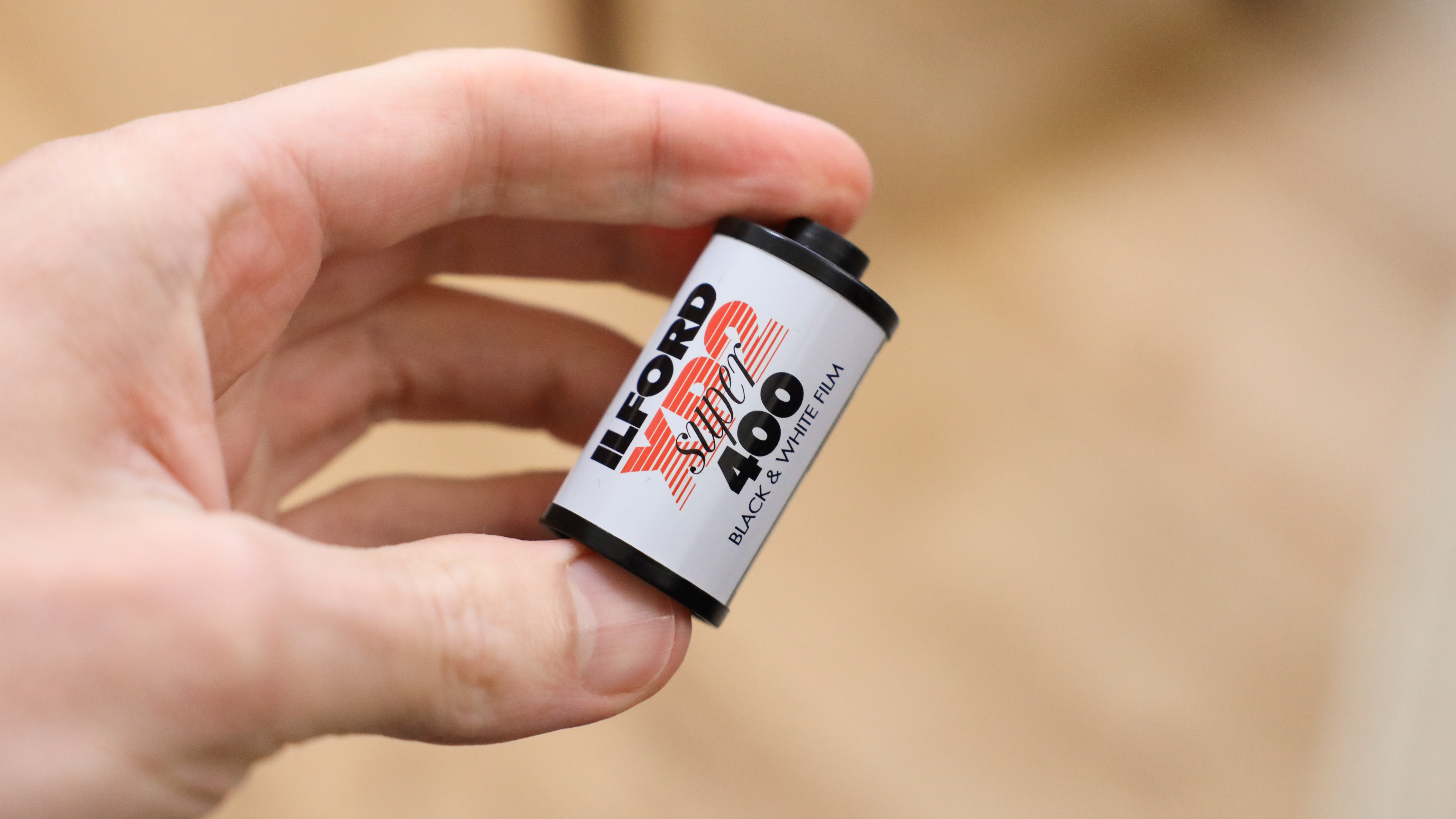
Ilford XP2 Super: Specifications
Ilford XP2 Super: Price & Availability
Ilford XP2 Super pricing seems to very much depend on where you are in the world. In the US it is currently just under $13 for a 35mm roll of 36 exposures, this places it around $5 per roll more expensive than Ilford HP5 Plus 400, and $2-3 more than Kodak Tri-X 400. In the UK however, XP2 Super is only just £1 more expensive than HP5 Plus, at the time of writing, and a much more significant £5-7 saving over Kodak Tri-X 400. XP2 Super is also available as 120 film.
However, as XP2 Super can be developed by any normal C41 development process used by color films, this will likely mean that it is both cheaper and more readily available at labs up and down the country. My local lab charges almost twice as much for a B&W development than color rolls, so this could add up to a significant saving over multiple rolls.
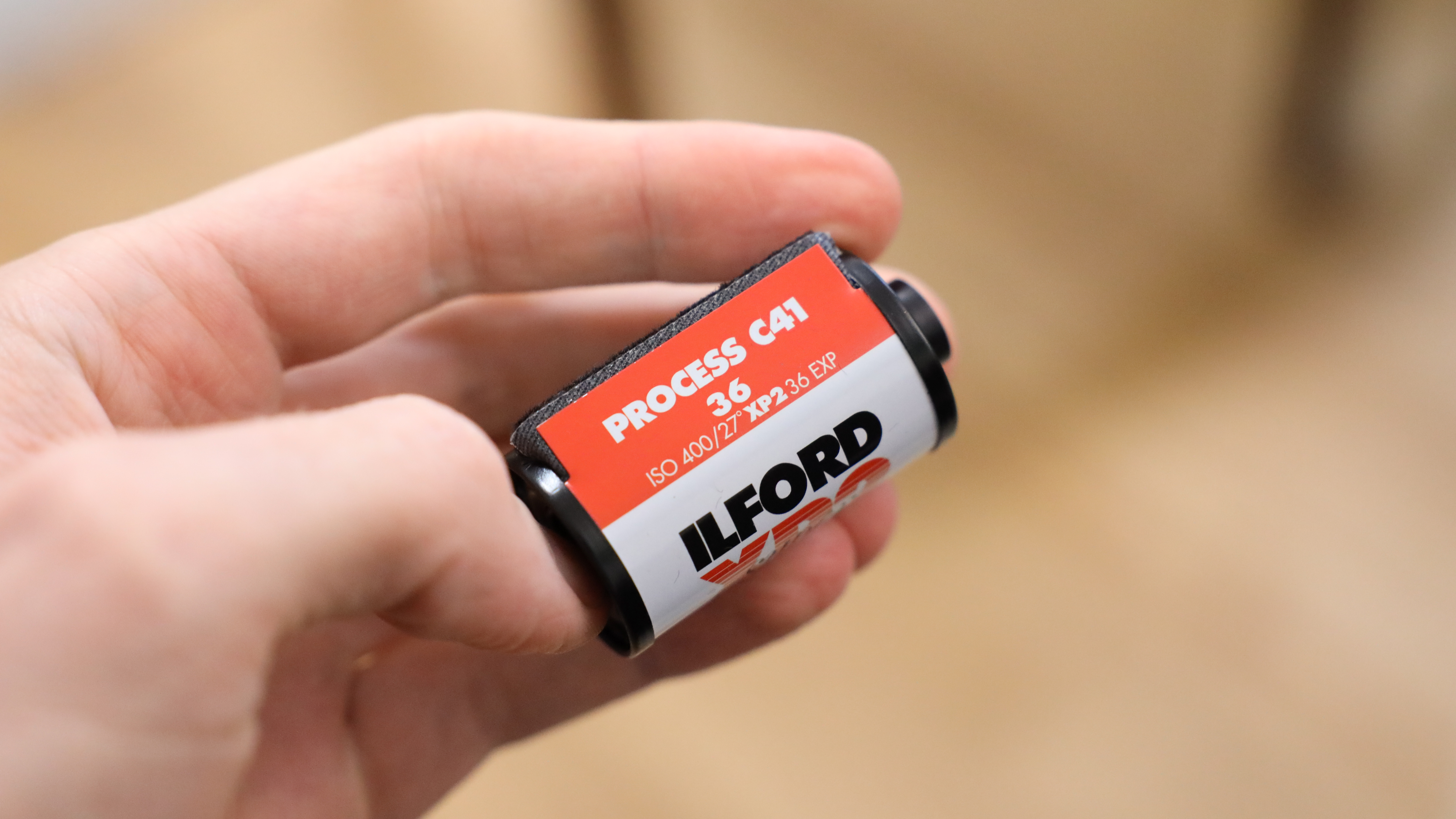
Ilford XP2 Super: Performance
Super is the right word for this film – I am so impressed by the quality, sharpness, and fine grain produced. The contrast is just spot on in every shot for me, I’m not a fan of really punchy contrast, so the balanced highs but bold shadows really work for my style of photography, giving my photos a distinctive look, rather than something like HP5 Plus where the flat contrast might need some tweaking. However, if you prefer the strongest contrast possible then there are even stronger options out there (try Kodak Tri-X 400).
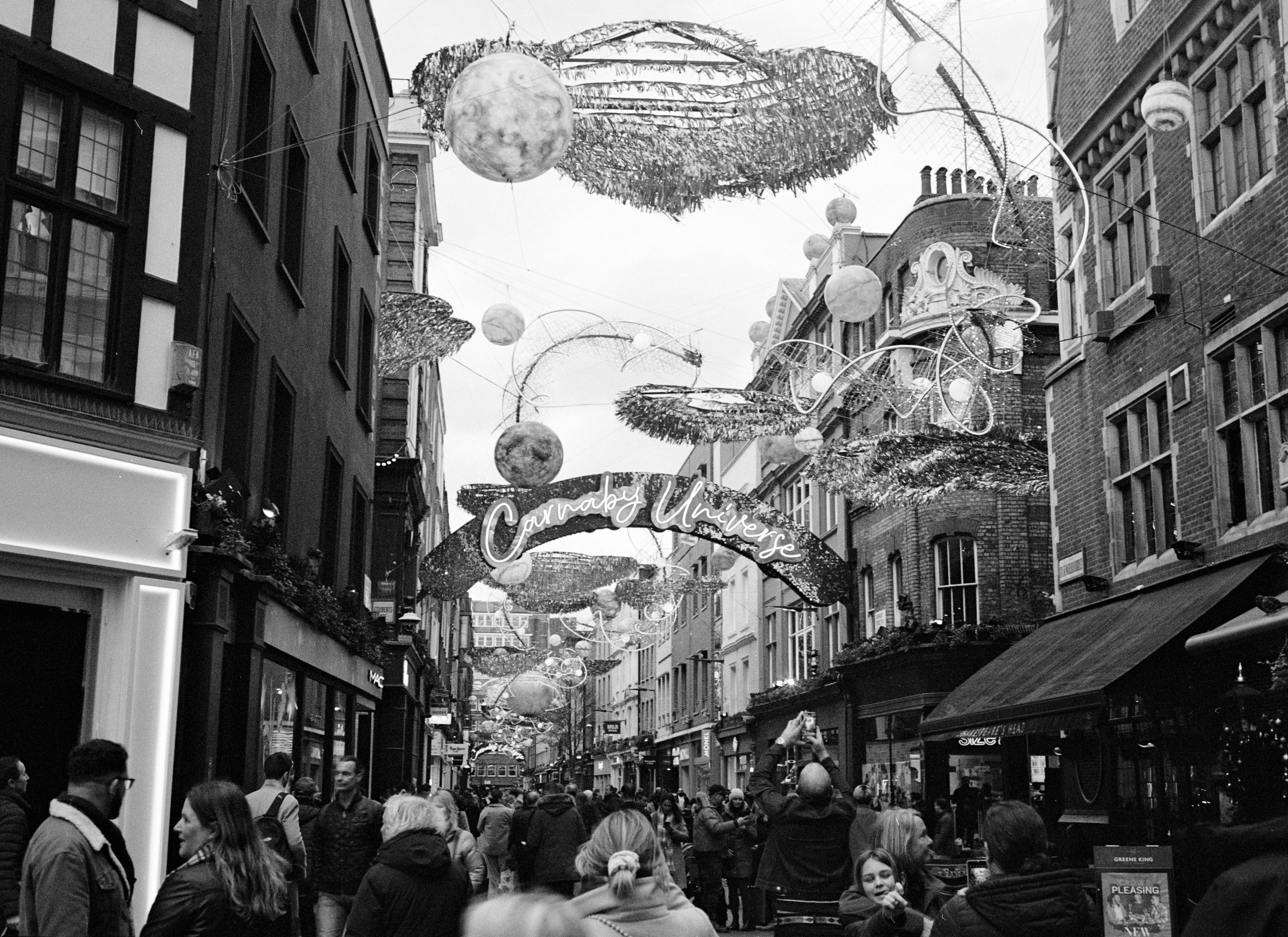
The wide exposure latitude of XP2 Super also means you can change up the ISO to your liking. There is clearly a lot of room to play around with the exposure – I tested the film in both sunny and very overcast conditions switching the ISO between 200-800 depending on the scene and produced excellent details in the shadows and highlights.
I also attempted a few exposures that I thought might trip the film up, but it was very forgiving, especially to overexposure. In the shot of Big Ben (below), due to come complex sun, I overexposed the sky by quite a margin, but while the finer details have been lost the results are still passable. While in the shot (below) along the river, I underexposed for a moody contrast to match the moody weather, but there is still a lot of details in the shadows.
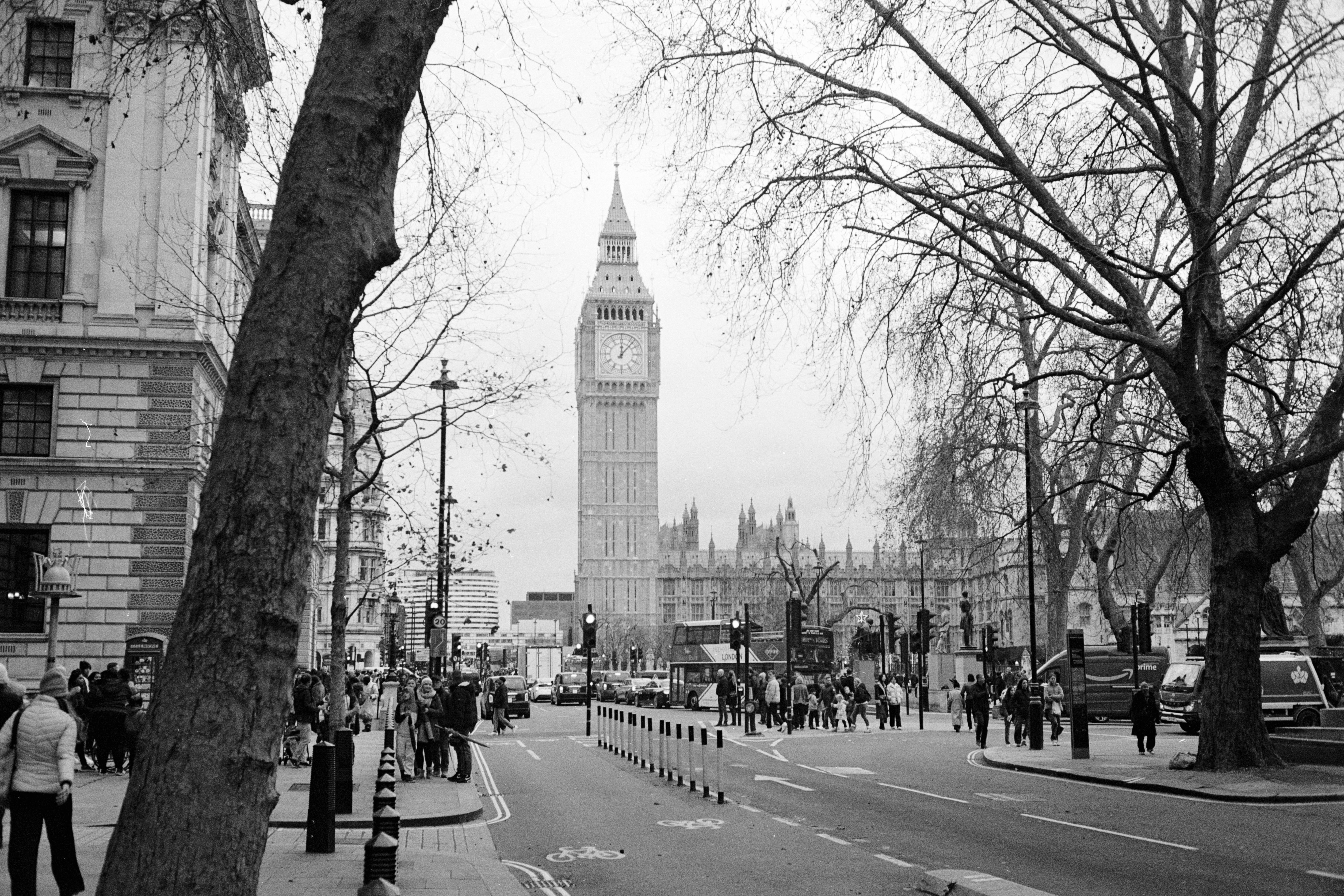
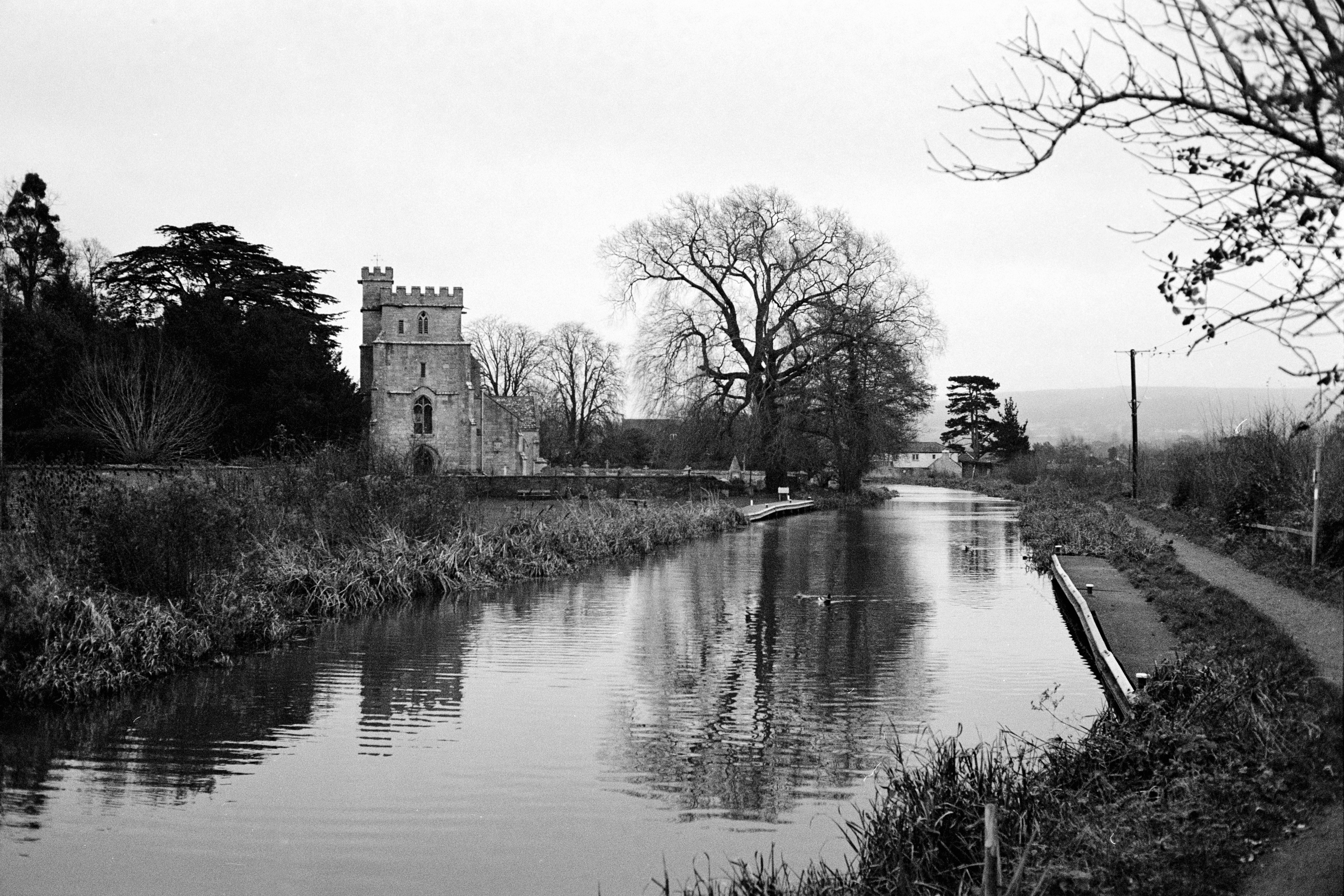
Grain is impressively minimal, of course this won’t satisfy everyone, and some of the shots don’t quite have that obvious “film look” that big grain gets you, but the quality is superb. This depends on the quality of lens you are using, but the FE 50mm f/1.4 on my Canon AE-1 resolved a lot of detail, and I can only imagine that 120 film is just as good for pros who want the best quality.
Ilford XP2 Super: Sample Images
These images were all taken with the Canonet G-III QL17 on Ilford XP2 Super 400. I shot these at the recommended box speed of 400 ISO. The photos were taken in a wintery December in the UK in a mix of sunny and overcast weather.




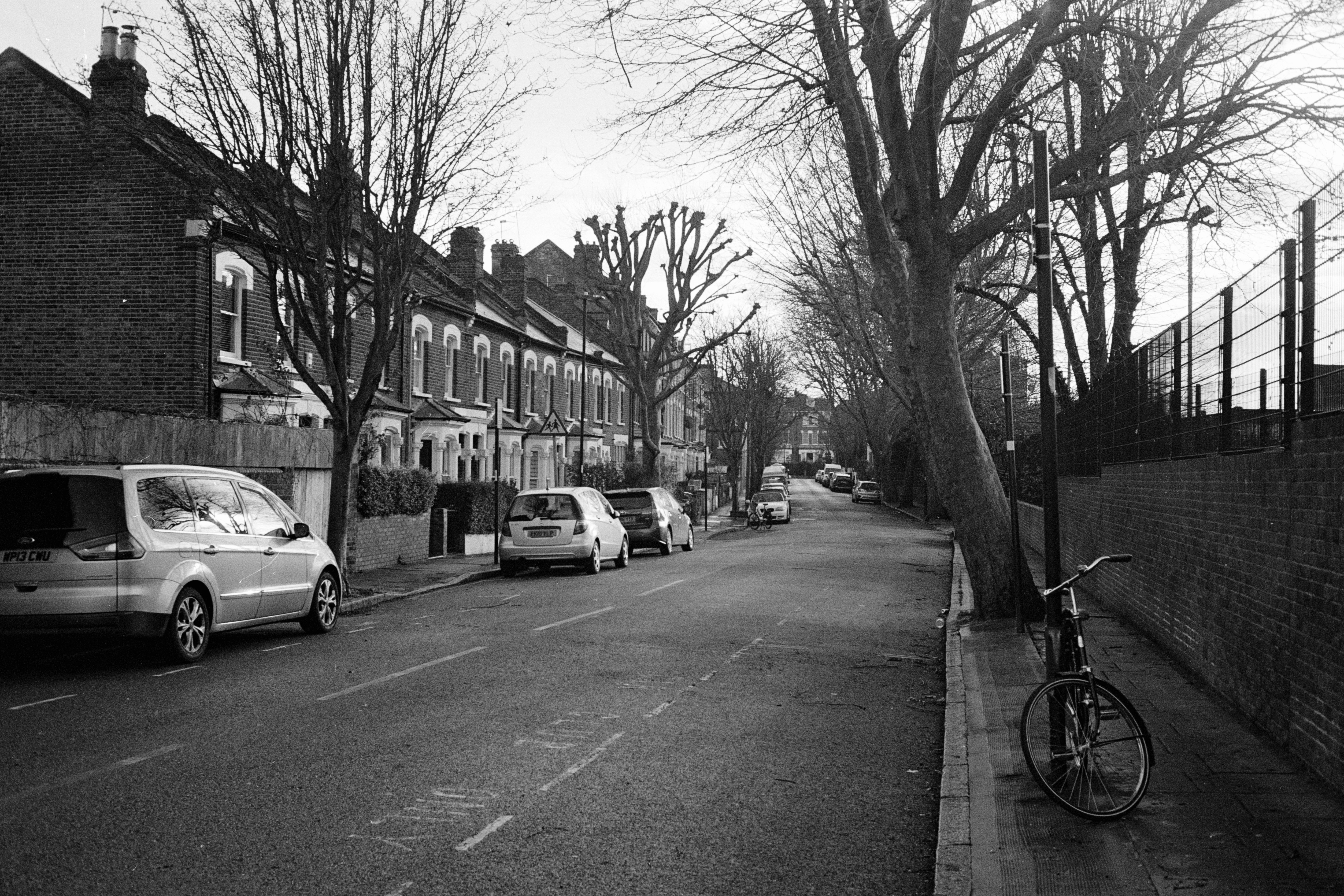

Ilford XP2 Super: Verdict
Ilford XP2 Super is an impressive film before you even consider its processing trickery. The film produced balanced images with a bolder contrast in the shadows, while the wide exposure latitude allowed me to get creative with my exposures knowing that the film could save some of my more reasonable mistakes when I messed up. I also really like the XP2S film grain, it's small enough to preserve details but still offers just enough for a “film look”.
The biggest benefit of XP2 Super though is the fact that despite this being a black and white film, you can drop this film into any development lab that handles C41 color film. This matters a lot to many people who live near small labs that don’t handle black-and-white processing, or, like my lab, charge extra over color development.
